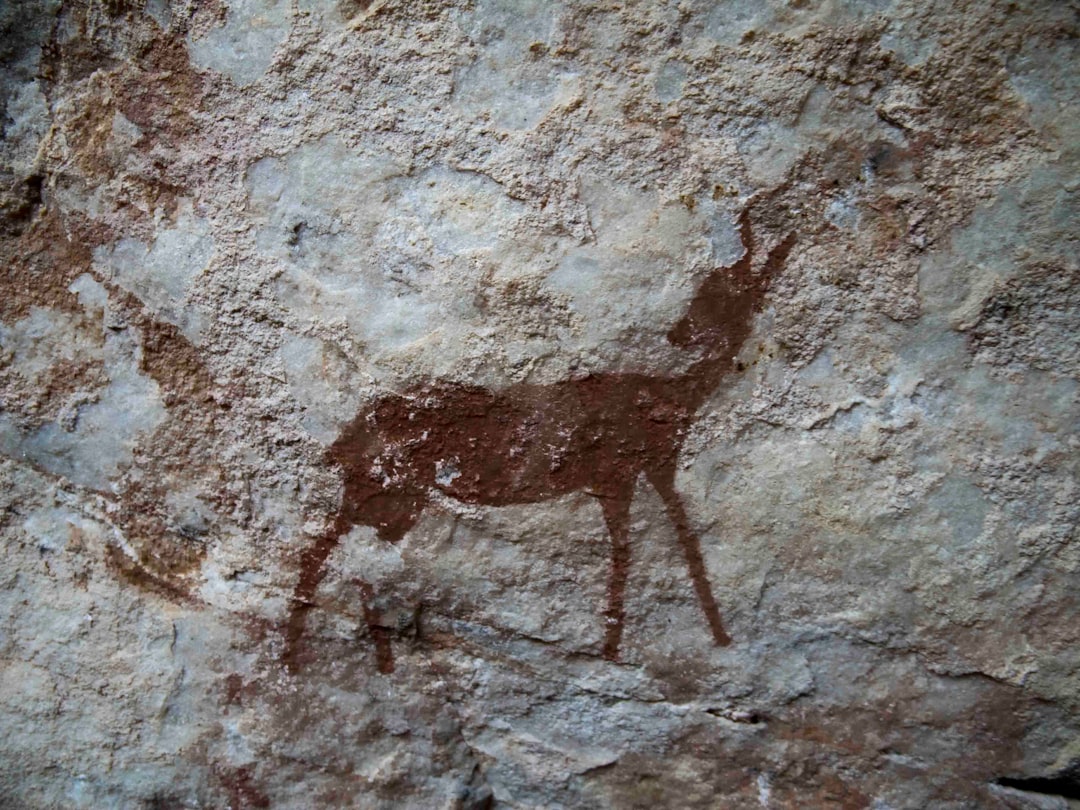What is it about?
This study of human dental morphology is focused on variability and sexual dimorphism within a Late Middle Age population of 17th century. The bioarchaeological sample consists in permanent second molars (M2, upper and lower) belonging to skeletons recovered from the Curtea Domnească necropolis of Iaşi city (Romania). The analysis of the M2 size and shape, and of the covariation between them, were attained by 2D Geometric Morphometrics. The quantitative data were collected using a set of landmarks located on the occlusal surface of every molar, at the groove intersections, and a set of semilandmarks traced on the periphery of the same occlusal surface. Results reveal no intra-group models within the dental sample, except for those determined by sexual dimorphism. The upper M2 tooth is a more sexual dimorphic than the lower M2. What regions of the upper and lower M2 are associated between them, and how models of the M2 shape variation are defined in the two sexes, are also discussed issues.
Featured Image

Photo by v2osk on Unsplash
Why is it important?
Dental morphometry studies performed on archaeological materials coming from medieval sites of Northeaster Romania are very little known. So that, this study contributes to the knowledge of the teeth morphometry in ancient human populations, by describing the variability of the second molar, and defining dental features related to sex.
Perspectives
Statistical approaches used in dental morphometry could provide important evidence for the future research on links between biological human groups, in relation with historical events.
Mariana Popovici
Read the Original
This page is a summary of: GEOMETRIC MORPHOMETRICS OF THE SECOND MOLAR TEETH WITHIN THE HUMAN POPULATION FROM THE LATE MEDIEVAL CITY OF IAȘI, ROMANIA, Archaeometry, May 2022, Wiley,
DOI: 10.1111/arcm.12790.
You can read the full text:
Contributors
The following have contributed to this page










